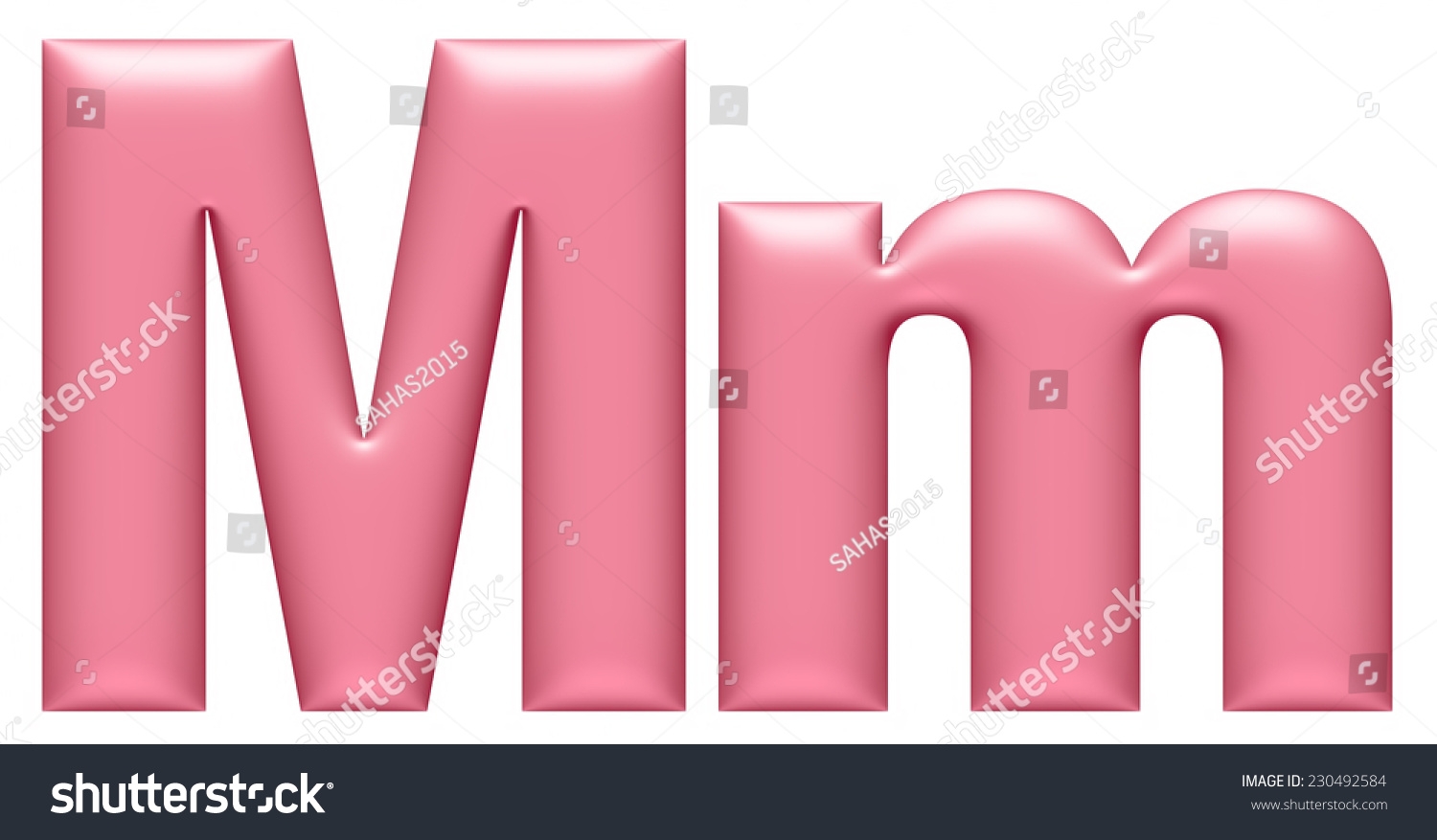In the English alphabet, the letter “M” holds a special significance. It is the 13th letter in the alphabet and is a consonant. The letter “M” can be found in many words and plays a crucial role in forming words with various meanings. It is a versatile letter that can be used in both big and small forms.
Whether it is used in uppercase (M) or lowercase (m), the letter “M” has its own unique charm. It is a letter that can be easily recognized and is often used in words related to measurement, mathematics, and more. The shape of the letter “M” is distinct, with its two peaks connected by a central valley.
Letter M Big and Small
When it comes to typography, the letter “M” can be displayed in different sizes. In big form, the uppercase “M” can stand out and make a bold statement. It is often used for headings, titles, and logos to grab the reader’s attention. The big “M” commands authority and can add emphasis to a piece of text.
On the other hand, the lowercase “m” is more commonly used in body text and paragraphs. It is a smaller version of the letter “M” but still carries the same significance. The lowercase “m” is versatile and can be used in a wide range of words to convey various meanings.
Whether big or small, the letter “M” is an essential part of written communication. It is a letter that is used in everyday language and is crucial for conveying information effectively. The versatility of the letter “M” allows it to be used in a wide range of contexts and settings.
In conclusion, the letter “M” in both big and small forms plays a vital role in written communication. Whether it is used as an uppercase or lowercase letter, the “M” is a versatile and impactful letter that helps form words and convey meaning. Its distinct shape and sound make it a valuable asset in the English language.
